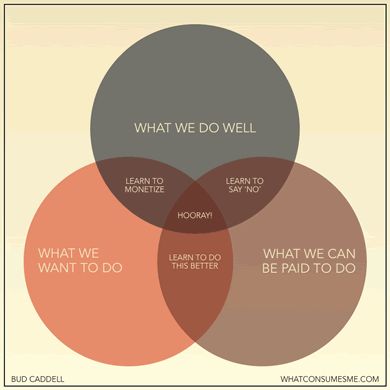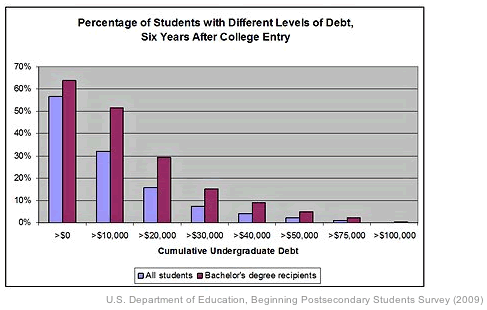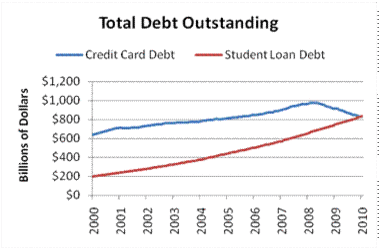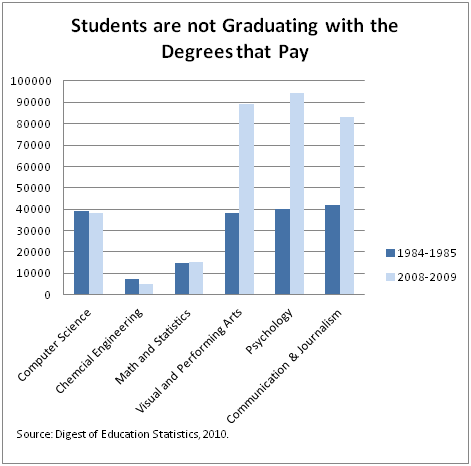Online “open” education site Coursera has a free personal financial planning course starting January 14th, 2013. It will run for 7 weeks, requiring 3-6 hours of work per week, and you get (likely worthless) certification of completion at the end. I haven’t seen anything similar at the other major MOOCs, Udacity or edX. Here’s the course description:
This course was created to help those who cannot afford extensive planning assistance better understand how to define and reach their financial goals. It provides basic understanding so informed decisions can be made. The course can also be seen as a reference for individual topics that are part of personal financial planning.
Financial planning, in the broadest sense, is an effort to manage all aspects of a person / family’s financial affairs. Classically, that begins with planning family spending and extends through risk management (insurance), taxes, wealth accumulation, investing, and wealth distribution (retirement and estate planning).
I signed up as I’m interested in online education in general, and my hope is that it will be more interactive and engaging than just reading a good personal finance book. It appears to be based on a UC Irvine OpenCourseware course, which has all the modules online here. Interestingly, the course originated from a grant from the owners of the Certified Financial Planner (CFP) designation. However, if there aren’t good videos and/or assignments and it’s just a bunch of Powerpoint slides, then I’m going to be a MOOC drop-out.




 You’re probably aware of the wonders of the
You’re probably aware of the wonders of the 



 The Best Credit Card Bonus Offers – 2025
The Best Credit Card Bonus Offers – 2025 Big List of Free Stocks from Brokerage Apps
Big List of Free Stocks from Brokerage Apps Best Interest Rates on Cash - 2025
Best Interest Rates on Cash - 2025 Free Credit Scores x 3 + Free Credit Monitoring
Free Credit Scores x 3 + Free Credit Monitoring Best No Fee 0% APR Balance Transfer Offers
Best No Fee 0% APR Balance Transfer Offers Little-Known Cellular Data Plans That Can Save Big Money
Little-Known Cellular Data Plans That Can Save Big Money How To Haggle Your Cable or Direct TV Bill
How To Haggle Your Cable or Direct TV Bill Big List of Free Consumer Data Reports (Credit, Rent, Work)
Big List of Free Consumer Data Reports (Credit, Rent, Work)